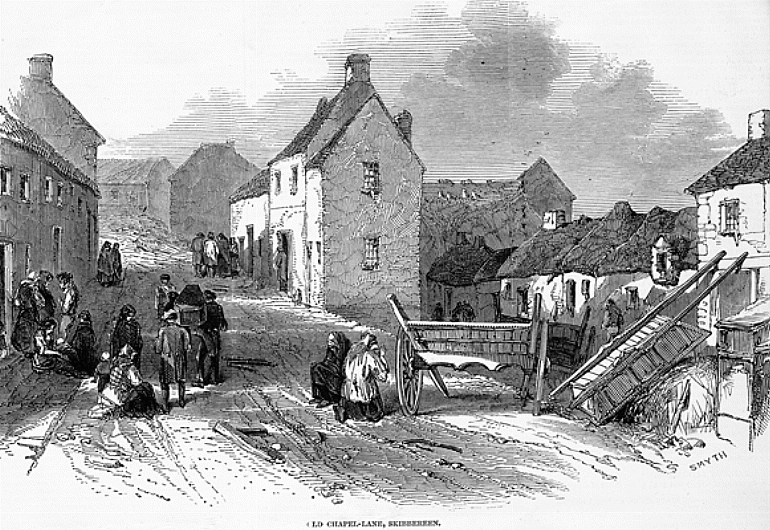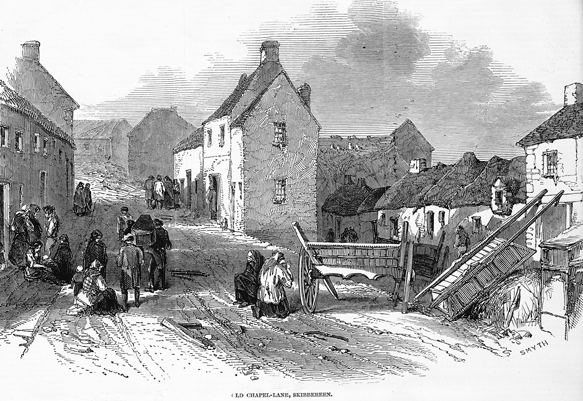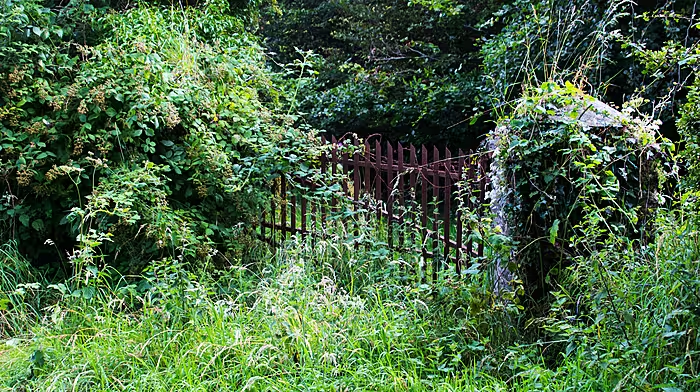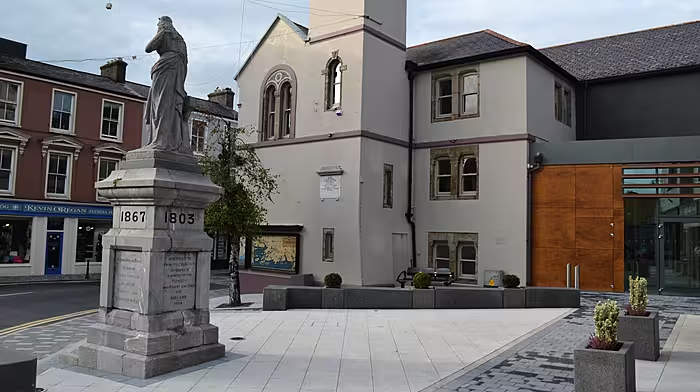The terrible events of the late 1840s in Ireland still cast their shadow over the land today - in ruined cottages destroyed by landlords, deserted villages, and mass burial sites.
The terrible events of the late 1840s in Ireland still cast their shadow over the land today – in ruined cottages destroyed by landlords, deserted villages, and mass burial sites.
It is scarcely surprising that the planned Channel 4 TV comedy series Hunger, set during the Great Famine, has caused such public outcry. For many, it seems very hard to reconcile with such a distressing humanitarian disaster.
‘That desolate district was one of the longest to suffer, and the slowest to recover,’ asserted Theobald Mathew, whose life is documented in a book published one hundred and fifty years ago this year.
Father Mathew: a biography (Longman, 1865) by Cork MP John Francis Maguire, founder of the Cork Examiner, highlights the especially devastating effects of the Great Famine in West Cork in the 1840s, and praises the efforts of Mathew, a Cork priest and temperance campaigner, to mitigate the suffering of its victims.
In a series of letters in 1846-47 to Sir Charles Trevelyan, secretary to the Treasury, Mathew warns of an impending calamity caused by an unusually severe potato blight: ‘A blast more destructive than the simoom of the desert has passed over the land’, he writes, ‘…the food of a whole nation has perished’.
Desperate cases demand desperate remedies, and he urges him to send a supply of cheap American corn. Ignoring his pleas, the British government wastes time by setting up a commission of enquiry, which glibly concludes that Ireland had enough workhouses to prevent its people starving.
As a regular traveller throughout ‘this wretched country’, both ‘remote from and near to Cork’, Mathew is acutely aware how the Famine varied in intensity from place to place, and is adamant that conditions were particularly bad in West Cork.
Around Berehaven he records the famished occupants of cabins, stretched out on beds of damp and broken straw, ‘abandoned by all hope, and bereft of all energy. Their eyes were closed, and their voices feeble and tremulous…’ When he tries to encourage them to stand, ‘they continued to lie still and apathetic, evidently welcoming the death whose shadows were fast closing around them.’
That death might well be followed by a coffin-less burial. Although the sawmills in Cork worked night and day to cut planks for coffins, they could not keep up with demand, and prices were expensive. Between ten and twelve inhabitants in Crookhaven were dying each day, and relatives could not afford coffins. Money was raised to buy a public bier that was used to convey the dead, draped only by a sheet, to the grave.
A parish coffin with ‘moveable sides’ was in constant use in Skibbereen. Wearing the rags in which they had died, the dead were carried to the grave, dropped into it, and the coffin returned to hang in the church.
The town, says Mathew, was ‘one mass of famine, disease, and death … in none other was there a greater destruction of human life.’
Others corroborate his grisly account. Dr Daniel Donovan, who ran Skibbereen’s relief committee and dispensary, records in his diary that working people had been ‘reduced from a fine robust peasantry to a horde of hungry shivering wretches’ and the Rev John Fitzpatrick of Skibbereen, in the Freeman’s Journal of February 1847, talks of a ‘misery and suffering scarcely ever equalled, certainly never surpassed, in any part of the civilised world’.
‘It was a place inhabited by “moving spectres”, and unburied dead – the “epicenter” of this appalling tragedy,’ writes Philip O’Regan from the Skibbereen Heritage Centre.
Starving families, existing on seaweed and turnip tops, might chance their luck by setting off to Cork.
But Mathew, who ran the city’s southern soup kitchen, describes how hopeless it was there too.
‘We are in a deplorable state in Cork from the influx into the city of more than 10,000 foodless, homeless people, young and old, from several counties around us … the workhouse has been closed, and there is no refuge for these miserable creatures
Instead they became some of the one million people who died during the Great Famine from starvation and plague. Although the whole of Ireland was affected, it was West Cork that was hit the hardest, concludes Theobald Mathew: ‘In no other area did more people die.’









